Shoreline Erosion | Coastal Armoring + Engineering
January 26, 2025
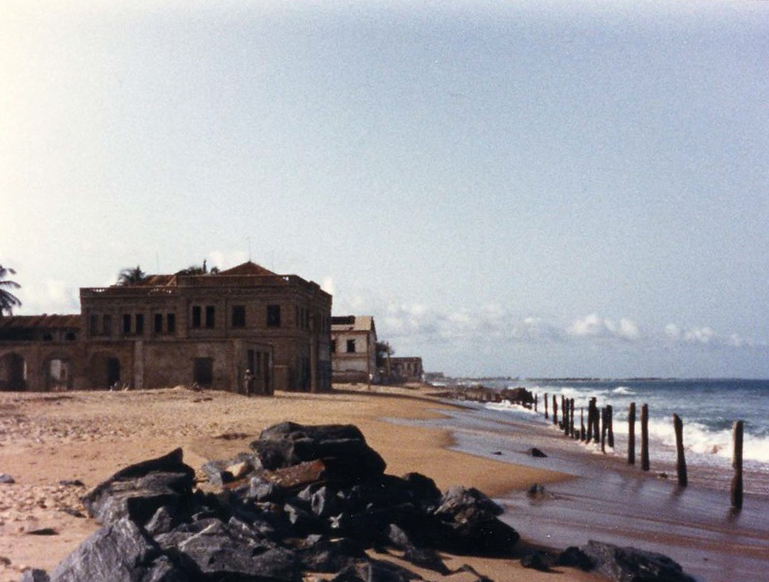
Eroding homes: Ghana’s disappearing coastal communities – Dialogue Earth
Excerpt:
Villages like Fuveme and Dzakplagbe in the south-east are being lost to rising seas, which threaten over seven million Ghanaians
Sat on a crumbling wall of concrete blocks, 71-year-old Agbasa Stanley gazes out at the Gulf of Guinea. Here in Dzakplagbe village, in Ghana’s south-eastern Volta region, Stanley’s face is a mixture of wonder and sadness. “I was born and raised here,” he says. “Back then, the sea was miles away from where we are standing. Many houses, and whole communities, have been swallowed by the water.”
Fishing communities like Dzakplagbe and Fuveme once thrived here. But this part of Volta is located on a narrow strip of land that separates the Keta Lagoon from the Atlantic Ocean, and it has been gradually sinking. Formerly fertile land is now open water. Scattered remnants of stone walls serve as faint reminders of the homes and lives that previously flourished here.
Formerly a fisher, Stanley is among the last to remain in Dzakplagbe. “Some moved to other areas nearby, and others went far away,” he says. “But we stayed because we had nowhere else to go. We cannot afford to build new homes. This is our home, our roots, and now, it’s all under the sea.” His voice breaks as tears fill his eyes.
Stanley’s experience is emblematic of the harsh reality facing over seven million people, about a quarter of the population, who call Ghana’s coastal regions home. Communities located along the country’s south-eastern coast – including Dzita, Keta, Horve, Blekusu and Adina – have lost over 10,000 structures, including schools and churches, as well as other assets like livestock, much of it quickly to sudden waves.
The land is disappearing at an alarming rate. Ghana’s coastal erosion causes the sea to progress inland at an average rate of two metres per year. About 37% of Fuveme’s coastal land was lost to flooding and erosion between 2005 and 2017, according to an associate professor of coastal processes at the University of Ghana writing for Unesco in 2021.
Ghana’s eastern coastline, where Dzakplagbe, Fuveme and Keta are located, is worst affected by coastal erosion. Amid sea levels rising due to climate change, these communities also face stronger tidal waves. This activity erodes land, floods homes and can eventually cause communities to sink.
“The sandy nature of our shoreline [means it] lacks a rocky seafloor to act as a barrier, allowing waves to erode the coast more easily,” explains Sedem Abla Abui Adjorlolo, an environmental management expert at the Institute of Climate, Coastal and Environmental Protection, a local think-tank.
A 2013 research paper, a collaboration between academics in China and Ghana, concluded that climate change has played a significant role in the rapid sinking of Ghana’s coastal regions. The situation has been worsened by decades of unregulated human activities, ranging from sand mining and mineral extraction to coastal deforestation and canal dredging. “In the past, the coastline in Ghana was surrounded by green forests and thick trees,” the paper stated. “However, over the years, activities like deforestation as a result of population growth and urbanisation have resulted in those areas being cleared for infrastructural development. These activities have increased the susceptibility of the sea to global climate change and natural occurrences like winds, which can cause severe waves and tides to wash away the coast…”
SHARE THIS ARTICLE
More on Shoreline Erosion | Coastal Armoring + Engineering . . .

Eroding homes: Ghana’s disappearing coastal communities – Dialogue Earth
Villages like Fuveme and Dzakplagbe in the south-east are being lost to rising seas, which threaten over seven million Ghanaians…
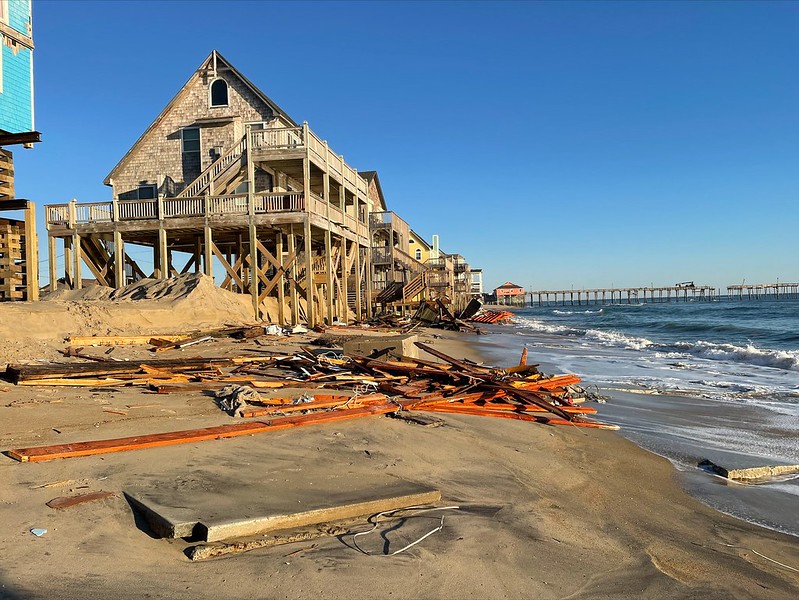
“Erosion in Rodanthe: The Fight to Protect the Outer Banks” – the Outer Banks Voice
Dare County has released an in-depth and informative video titled, “Erosion in Rodanthe: The Fight to Protect the Outer Banks,” highlighting the serious erosion issues facing the Village of Rodanthe on Hatteras Island, where rapid erosion and significant shoreline loss has led to 11 oceanfront homes collapsing into the Atlantic Ocean since May 2020…
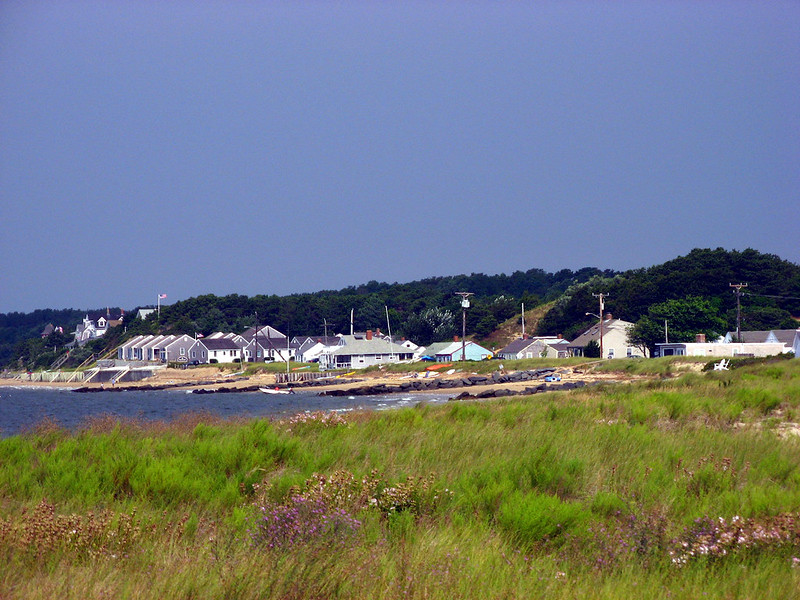
Complexities of ‘Coastal Erosion Structures’ Come Into View on Mayo Beach – the Provincetown Independent
A legal battle playing out between the California Coastal Commission and homeowners who want to build a large seawall near Half Moon Bay could have repercussions along the entire coast.
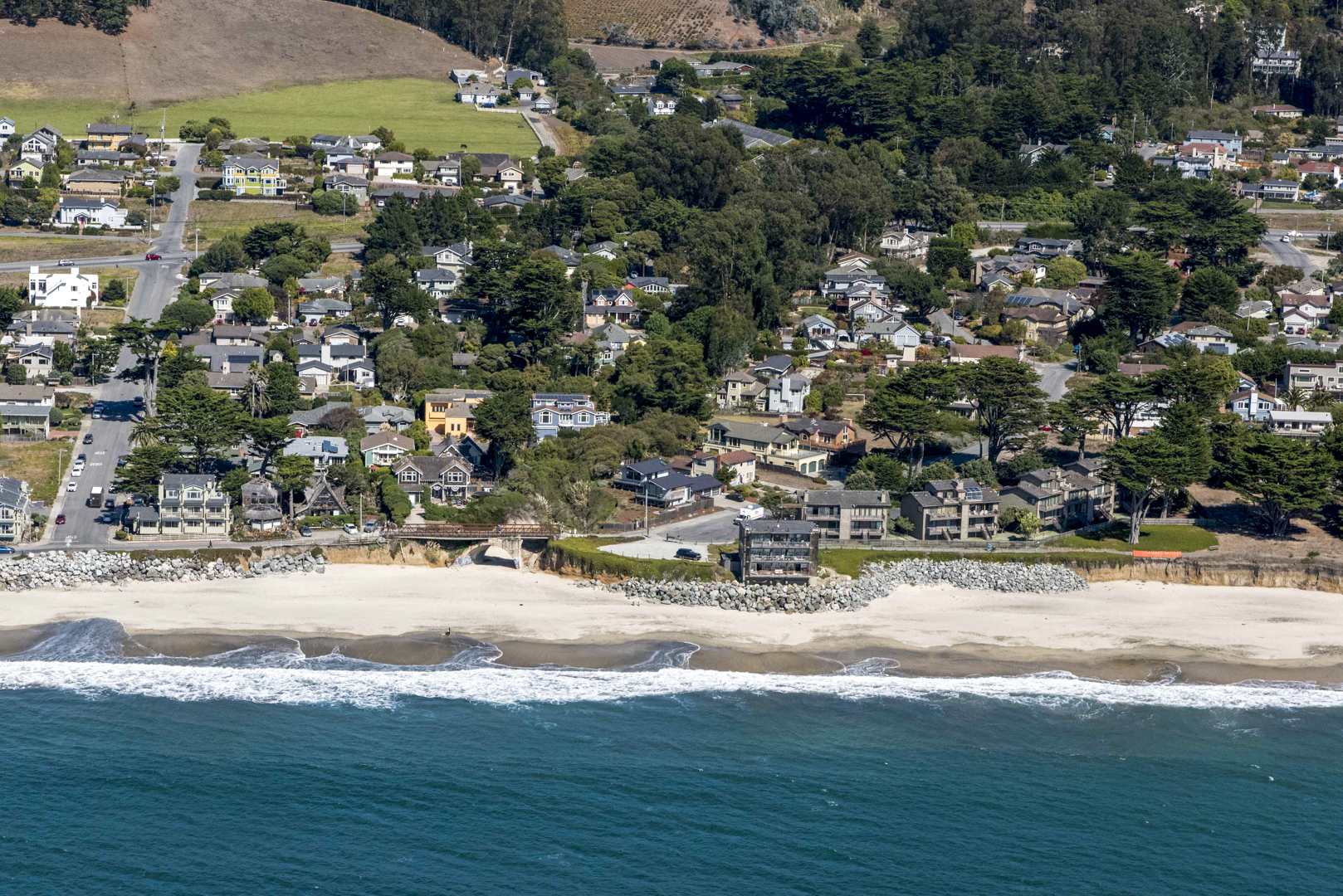
Bay Area homeowners battle California Coastal Commission over right to build seawall – the San Francisco Chronicle
A legal battle playing out between the California Coastal Commission and homeowners who want to build a large seawall near Half Moon Bay could have repercussions along the entire coast.
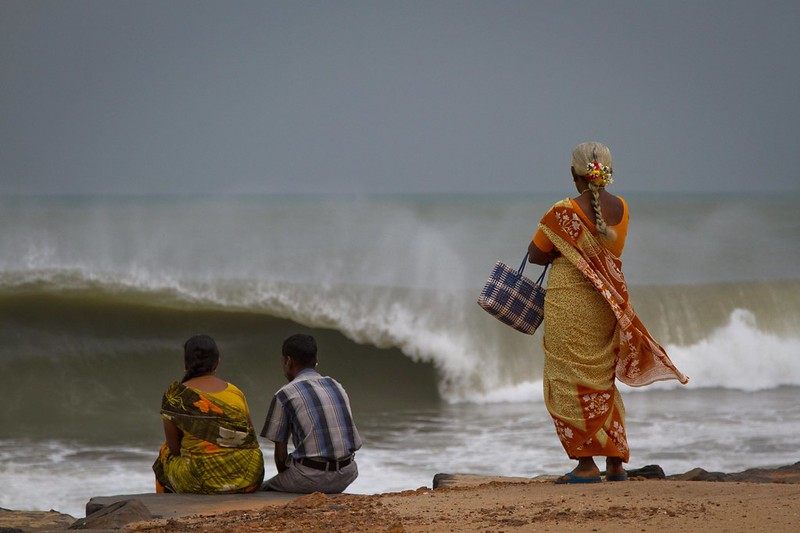
Why are Puducherry’s beaches fast disappearing? – Eco India | Scroll.in | DW (11-30-2024)
Coastal erosion is reshaping India’s shores, threatening fishing villages and bustling tourist hubs like Puducherry. And what makes it worse – much of the erosion is manmade. Is there a way to reverse the damage?

Home collapses into ocean in North Carolina’s Outer Banks. It’s the 6th time this year – USA Today
A North Carolina coastal storm sent a home into the ocean off the Outer Banks island of Hatteras overnight Friday, marking the sixth house collapse in the area this year.
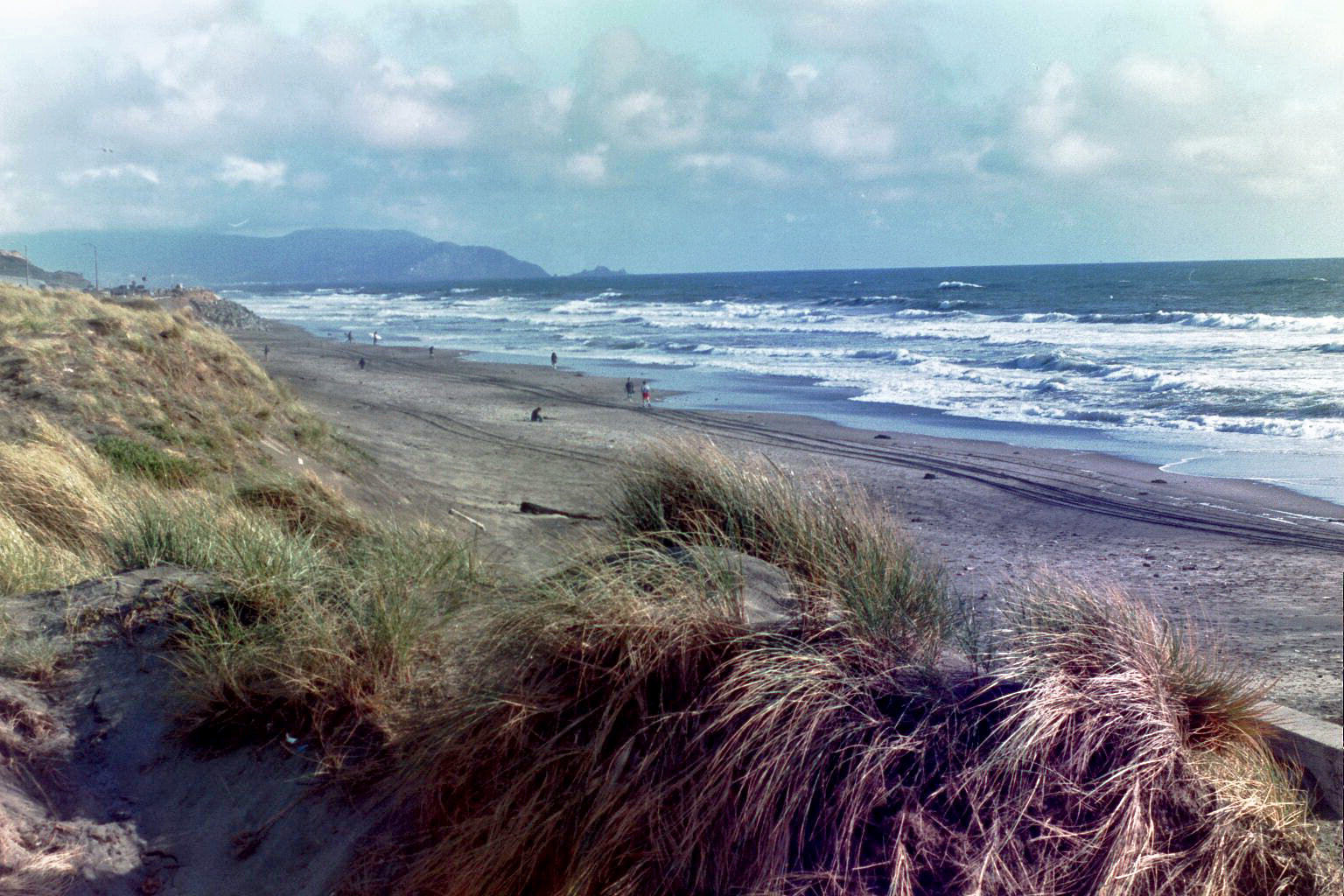
California regulators approve huge Ocean Beach seawall – San Francisco Chronicle
On Thursday, California’s main coastal protection agency approved a $175 million climate-related project that will transform the southern portion of San Francisco’s Ocean Beach despite fierce opposition from some members of the public. A sticking point is a massive seawall that some surfers fear could make the beach disappear…
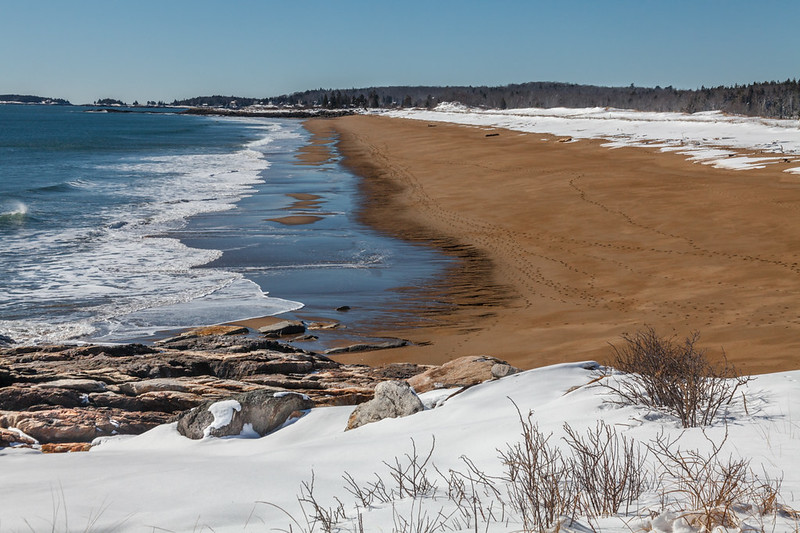
Storms dramatically eroded midcoast Maine’s sand dunes last winter – the Bangor Daily News
It was clear after a series of storms hit Maine’s coast last winter that they took away lots of sand from the state’s beaches. Now, state officials have gathered the data — and it turns out the erosion was record-breaking. …
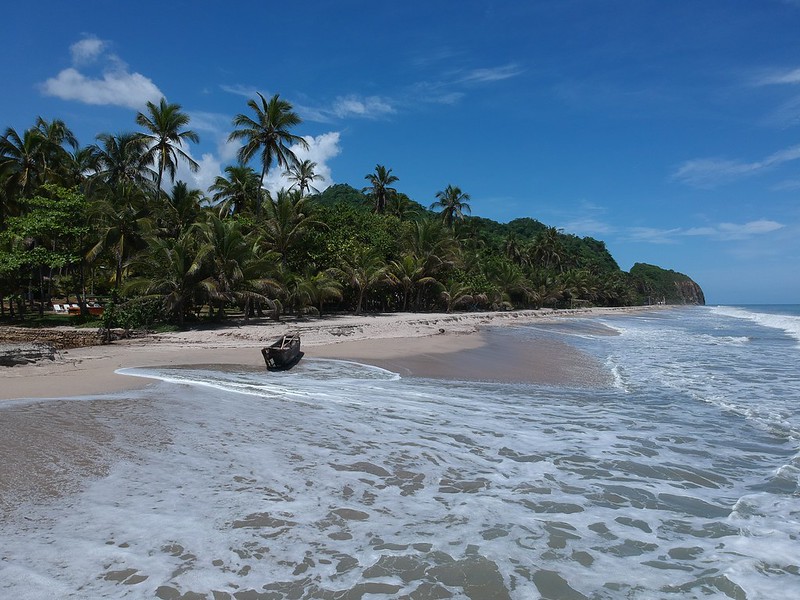
‘The sea came in and took it all away’: the Colombian beach resort facing a ‘public calamity’ – the Guardian
In the past 10 years, Palomino’s coastline has receded between 47 and 50 metres, threatening the livelihoods of restaurateurs, hoteliers and all those who work in the resort…
